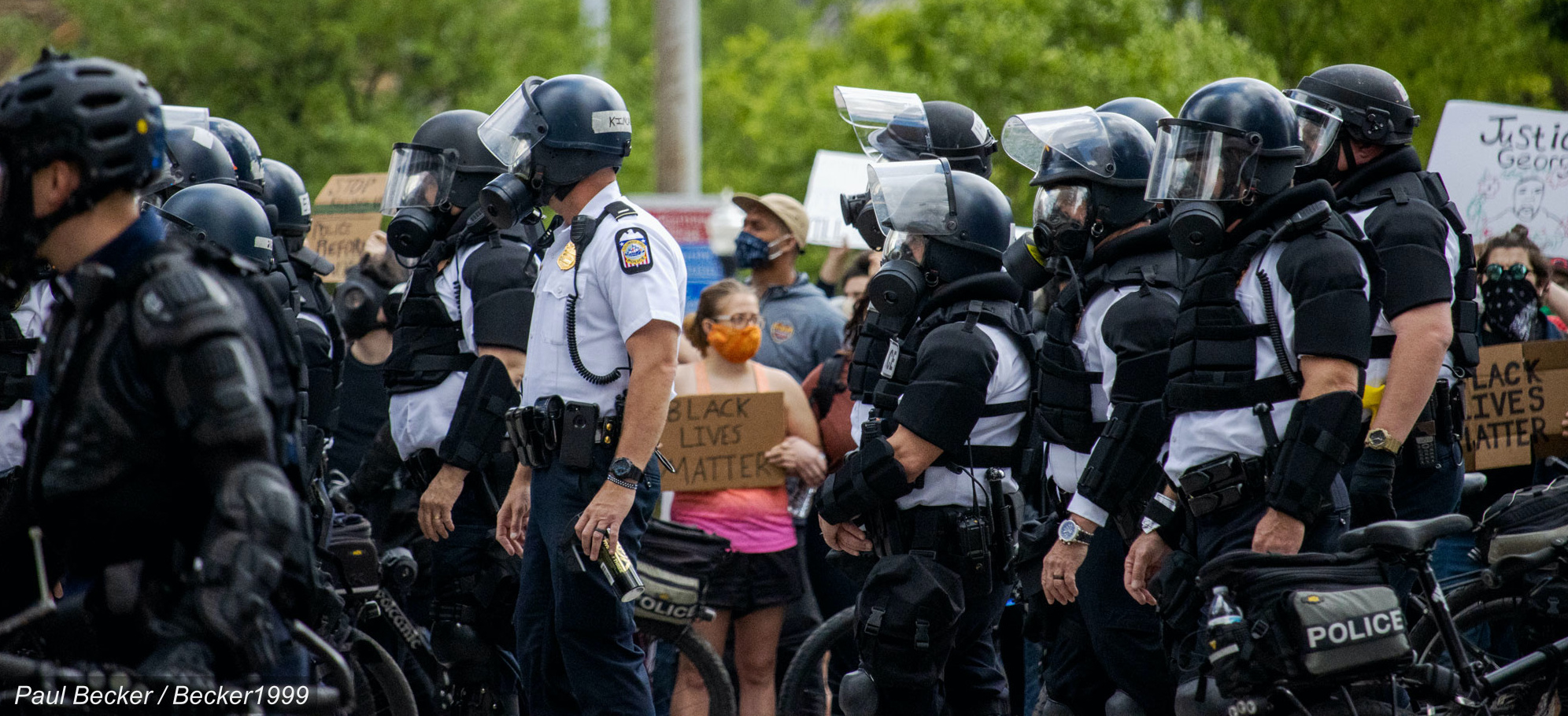Activists injured by the Minneapolis Police Department during protests following the murder of George Floyd filed a class action suit against the City of Minneapolis and its Police Department Tuesday.
The suit, filed by four named plaintiffs injured during the protests, alleges that law enforcement used less-lethal weapons against protesters engaged in “constitutionally protected acts of freedom of speech and the right to assemble.” The suit asserts three claims:
- That law enforcement retaliated against protestors for engaging in activity protected under the First Amendment;
- That law enforcement violated the Fourth Amendment by using excessive force to seize protestors’ freedom of movement; and
- That law enforcement violated the protestors’ due process rights under the Fourteenth Amendment by using chemical irritants and less-lethal munitions without providing warning and opportunity to disperse.
The complaint states that two of the named plaintiffs, Nekima Levy Armstrong and Marques Armstrong, have experienced ongoing lung and voice issues after the officers fired less-lethal munitions and chemical irritants into lawfully assembled demonstrations without warning or order to disperse. The complaint also states that the two other named plaintiffs, Terry Hempfling and Rachel Clark, have experienced physical and emotional injury after officers shot them with less-lethal munitions and the officers’ “intimidating show of force.” The complaint includes photos of the plaintiffs’ significant bruising from the less-lethal munitions.
The defendants in the suit are the City of Minneapolis, the Chief of the Minneapolis Police, a Lieutenant in the Minneapolis Police Department and president of the Minneapolis Police Federation, the Minnesota Commissioner of Public Safety, a Colonel of the Minnesota State Patrol, and two unidentified individuals who acted as agents of the City of Minneapolis and Minnesota State Patrol.
Demonstrations across the country that arose in the wake of George Floyd’s murder were and continue to be met by law enforcement with displays of force. The progression and outcome of this case could inform additional, similar cases across the country.


